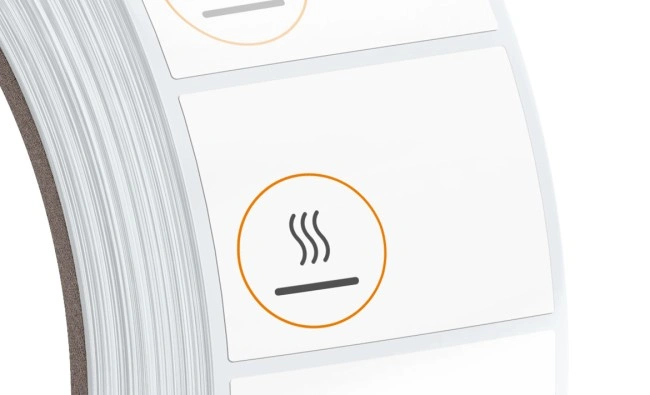Položky v košíku
Sdělení
Powered by:




Produktová poradkyně k etiketám
Ať už jednoduchá etiketa na roli nebo vícevrstvá speciální etiketa - jsem Vaší poradkyní, když jde o materiály, přilnavost i zušlechtění etiket pro farmacii, kosmetiku, potraviny, chemii a mnohé další obory.
"Papír nebo fólie? Máme vhodnou etiketu!"
Pomohu Vám se všemi dotazy ohledně našich etiket.
Váš B2B dodavatel obalů - Vše z jedné ruky
